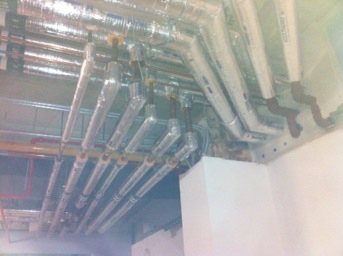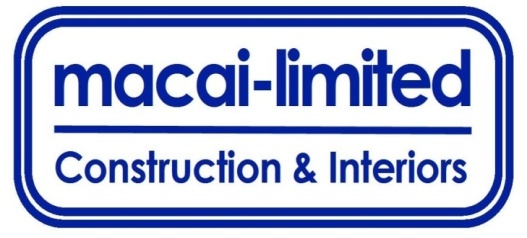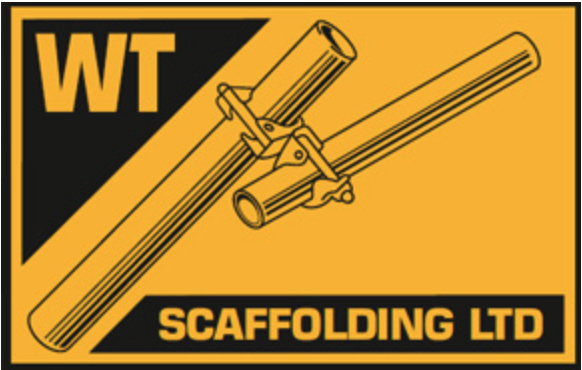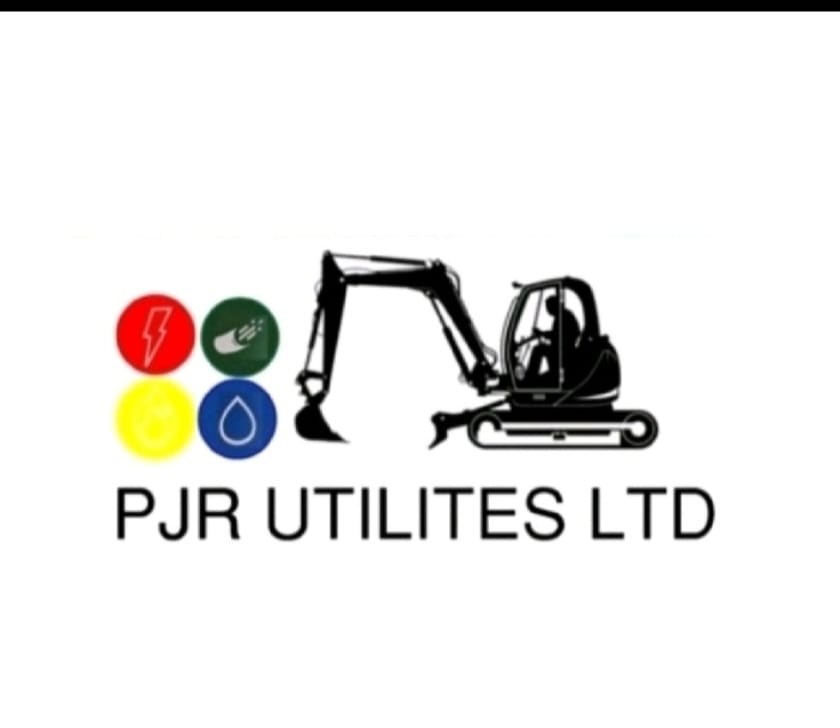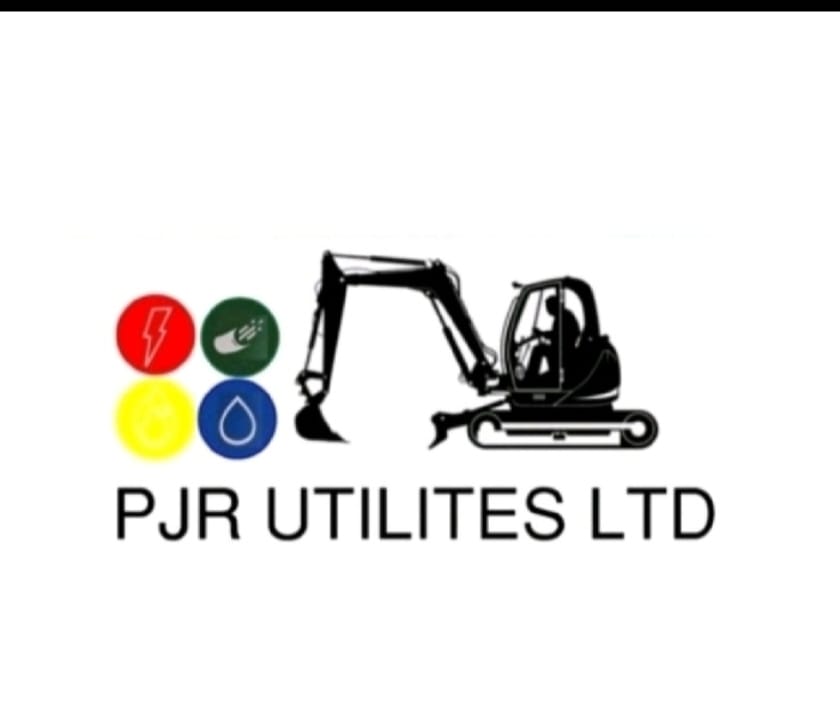Information
-
Point of Work Risk Assessment
-
Location of works
-
Exact location of works (house address, what3words etc)
-
Date completed
-
Completed by
-
Works being carried out
-
PLEASE CONTINUE TO THE NEXT SECTION
1. General
-
This Point of Work Risk Assessment must be completed where requested, or where the generic RAMS are not sufficient or do not apply.
General
-
1.1 Indicate who might be harmed by the works undertaken?
- Wildanet Colleagues carrying out works
- Wildanet Colleagues close to works
- Everyone involved / onsite
- Members of the public
-
1.2 Do you have the required documentation for the job e.g. Utility plans, agreed RAMS and site forms.
-
1.3 Has the site team been fully briefed on the work and safety documents?
-
1.4 Are you in the correct area and have the necessary plant and equipment to complete the works?
-
1.5 Do you have the necessary PPE to complete the task safely such as high visibility clothing, safety footwear, dust masks etc?
-
1.6 Where works require working at height, have you carried out all necessary pre-use safety checks on harnesses/lanyards, work equipment such as Ladders and MEWPS and confirm they are safe for use?
-
Will working at height be taking place from a ladder and if so, has the ladder been set up in accordance with Tetra? Picture of setup must be provided.
-
1.7 If works are to take place within the highway, have you completed a street works risk assessment.
-
1.8 If working on third party land, have you checked they are aware of your presence and given the necessary permissions to access and work in the area?
-
1.9 Have you carried out this type of work before and do you have the necessary training and competence to carry out the works safely?
-
1.10 Are all power tools and leads in good working condition and PA Tested where required?
-
1.11 Where the works require the need to access scaffolding, has the scaffold been inspected within the last 7 days and the scaf-tag displayed on or near to the point of access (ladder or steps)?
-
Provide a picture of the scaffold and the scaf-tag.
-
1.12 Are the necessary permits to work in place such as, breaking ground, hot works, confined space etc?
-
PLEASE CONTINUE TO THE NEXT SECTION
2. Specific Hazards
-
THINK, ACT and REPORT - Have the risks been minimised sufficiently and any hazards eliminated, isolated or reduced to an acceptable level in the following specific areas? An 'At Risk' entry requires additional information, including a record of any control measures that you have introduced to eliminate or reduce risk (where this was possible); or details of the actions needed before work can be carried out.
-
2.1 Slips, trips and falls
-
2.2 Falls (from height, into holes, lift shafts, stairwells, trapdoors etc))
-
2.3 Adverse weather conditions (hot, cold, windy, heavy rain icy etc)
-
2.4 Sufficient lighting and visibility
-
2.5 General Public
-
2.6 Working in the highway
-
2.7 Overhead Power Lines / Electricity - Where is the mains in cable?
-
2.8 Fumes
-
2.9 Noise
-
2.10 Dust
-
2.11 Working near Mobile plant
-
2.12 Flying or falling objects
-
2.13 Mechanical Lifting operations
-
2.14 Manual handling operations
-
2.15 Chemicals, fluids, oils or harmful substances
-
2.16 Asbestos - Was the property/building you are working in built before the year 2000? If yes then Asbestos could be present. Check with owner of Manager.
-
2.17 Vibration (HAVS) will you be operating hand held impact tools for a period exceeding 30 mins?
-
2.18 Confined space working? Where confined space works are to take place, a permit to work must have been completed.
-
2.19 Risks from others working in the same area
-
2.20 Lone working
-
Do you have the necessary safety equipment and PPE?.
-
Do you have a means of communicating to your line manager?
-
Can you carryout your works safely whilst lone working?
-
Do you have a lone working device and is it working correctly?
-
2.21 Will you be required to work within 5 metres of a water course
-
Have you read and fully understood the "Working Near Water" risk assessment?
-
Do you have the necessary PPE to carry out the task safely?
-
Have you been issued with a life jacket and received training on its use?
-
Are there at least two colleagues carrying out the works? (lone working not permitted)
-
Is there a significant fall from height into the water course, and if so has suitable edge protection or fall restraint been provided?
-
If working from a ladder, has the ladder been setup in accordance with Tetra?
-
2.22 Is there a risk of contamination from biological hazards - COVID - Leptospirosis etc.
-
2.23 Please provide information of any hazards not listed above and any control measures that you have put into place.
-
2.24 Where applicable, please provide information of any measures which would further reduce risk at the next visit.
-
PLEASE CONTINUE TO THE NEXT SECTION
3. Signatures
Team Leader signature
-
Team Leader name and signature
Team members signatures (as required)
-
Please sign to confirm that you have read and understand the content of this Point of Work Risk Assessment
-
Team member 1
-
Team member 2
-
Team member 3
-
Team member 4
-
Team member 5
-
Team member 6
-
When finished, please mark as COMPLETE and export the PDF version (if required immediately) and notify administration.







